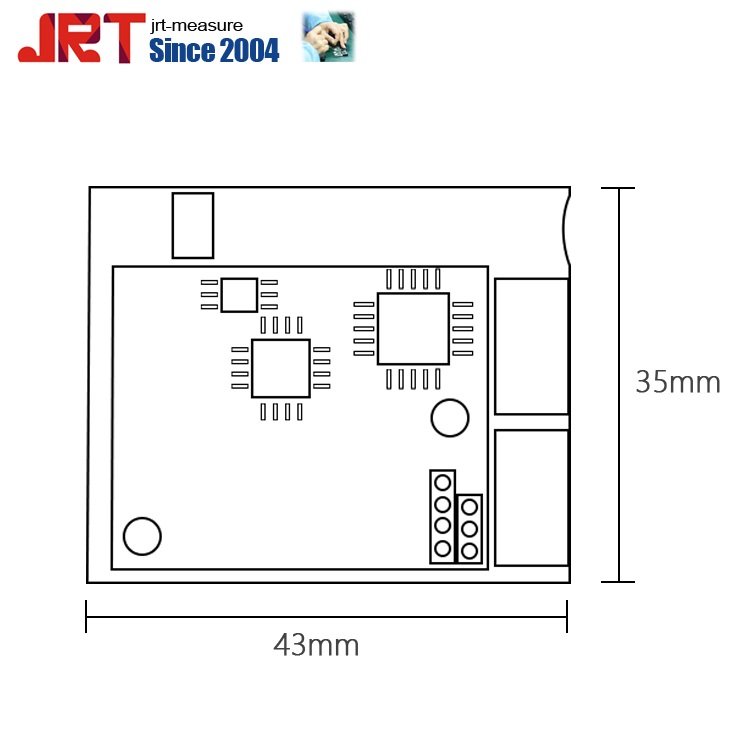Spring is an important stage for flower sowing and nursery. With warmer weather and higher temperatures, diseases and insect pests are about to enter a high incidence period. The quality of seedlings determines the quality of finished products in the future, so the prevention of pests and diseases in the spring is particularly important. The reporter recently interviewed some people in the industry and asked them to advise on the prevention of pests and diseases in spring flower production.
High temperature and humidity prevent the occurrence of diseases
In March and April, flower production in the north was still within the greenhouse facilities. At this time, the company has gradually reduced heating, and the temperature in the facilities began to decrease. However, the humidity is still high, and fungal diseases such as gray mold and downy mildew are easily caused. Dong Yuguang, plant manager of Syngenta's Plant Protection Technology, told reporters that the greenhouse production of Phalaenopsis, Cymbidium, Anthurium and other potted plants in the northern greenhouse needs high humidity conditions, and it is easy to suffer from fungal diseases. Although companies can avoid infection by cutting off pedicels, he believes that the best solution is to ventilate and dehumidify in time when the weather is good, or use a cyprodinil-containing drug such as chlorothalonil for protective sterilization. If a plant is found to have been infected with a disease, chemical agents such as "Maihuiyou" should be used for the prevention and treatment.
In addition to the above-mentioned diseases, the production of flowers in the South may be affected by the high temperature and humidity. The flower seedlings are prone to growth. The stems are often affected by some soil-borne diseases, such as tripping, falling and other diseases. To prevent these diseases, you can directly pour the "medicinal water" containing the bactericidal agent during the first watering, or mix the soil with the bactericide at the time of sowing.
At present, subtropical coastal areas such as Guangdong and Hainan have high temperatures and are prone to outbreaks of flower diseases, which often occur during the cultivation of some Dendrobium. The flower epidemic is highly destructive. In addition to the use of mancozeb and other agents for the prevention of soil and substrate disinfection, it can also be sprayed with chemical agents containing propionamide during the early stages of disease.
In addition, in the aspect of physical control, the humidity of the greenhouse should be controlled as far as possible to prevent the plants from attaching water droplets on the leaves for a long time. Watering with sprinklers or sprinklers is best done in the morning so that water droplets on the plants dry before the evening. Use a well-drained culture substrate and avoid over-watering, otherwise root rot may occur. Try not to mix the substrate with the soil as most of the soil contains germs that cause root rot of the plant.
The prevention is based on strong seedlings
Although pests and diseases can be treated with such drugs, the distributors still say that flower production companies should focus on prevention, and work hard to manage the use of seedlings with strong disease resistance. Yang Liu, general manager of Zhengzhou Biaodian Chemical Co., Ltd. believes that in addition to using some broad-spectrum pesticides for prevention, companies can also apply some growth regulators that are conducive to rooting and some base fertilizers that improve soil-activated microorganisms. Cao Yadong, manager of the Horticulture Department at Beijing Leili Group, said that potted flowers often use inorganic fertilizers, which can easily lead to decreased soil pH, increased pests and diseases, and weakened plants. At this time, it is a good idea to apply some biological fertilizers to improve the soil environment. As a flower production company, Bao Qingsong, a technical staff of Beijing Huamu Company, stated that the prevention and control of pharmaceuticals is a compelling method. Pest control like Hummer is very difficult. Enterprises should strengthen fertilizer and water management, provide no environment for pests and diseases, and focus on prevention instead of relying entirely on pharmaceuticals.
Long distance LiDAR sensor series are particularly easy to communication thanks to their fixed connector, which can be plugged it up and off by yourself. Voltage is wider from 8v before to 36v. Low power consumption feature makes it beceome a very competitive, high performance-price ratio, long range Laser Distance Sensor.
Highlights:
> Measurement frequency: 400 Hz (Max 60m 3000Hz)
> Long range: 200m
> High temperatures: -10~+50℃
> UART output
> Connector design: easy to use

Parameters:
|
Accuracy |
±10cm(<50m) /±1%(>50m)* |
|
Measuring Unit |
cm |
|
Measuring Range (without Reflection) |
0.1-200m |
|
Interface options |
Serial/usb/rs232/rs485/bluetooth |
|
Measuring Frequency |
400 Hz |
|
Laser Class |
Class I |
|
Laser Type |
905nm |
|
Weight |
About 20g |
|
VInput Voltage |
8V-36V |
|
Resolution |
1cm |
|
Size |
43*35*21mm |
|
Operating Temperature |
-15℃~50℃ |
|
Storage Temperature |
-40℃~85℃ |
Chengdu JRT Main Ranging Modules: Industrial Laser Distance Sensors, Laser Rangefinder Sensor, Tof LiDAR Sensors.
Speed Laser Sensor,Long Range Lidar,Long Range 3D Lidar,Long Range Radar Sensor
Chengdu JRT Meter Technology Co., Ltd , https://www.infrareddistancesensor.com